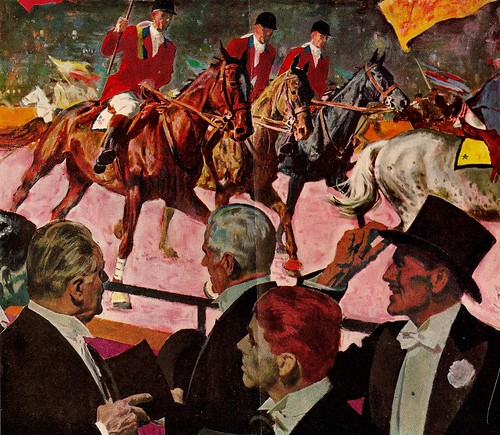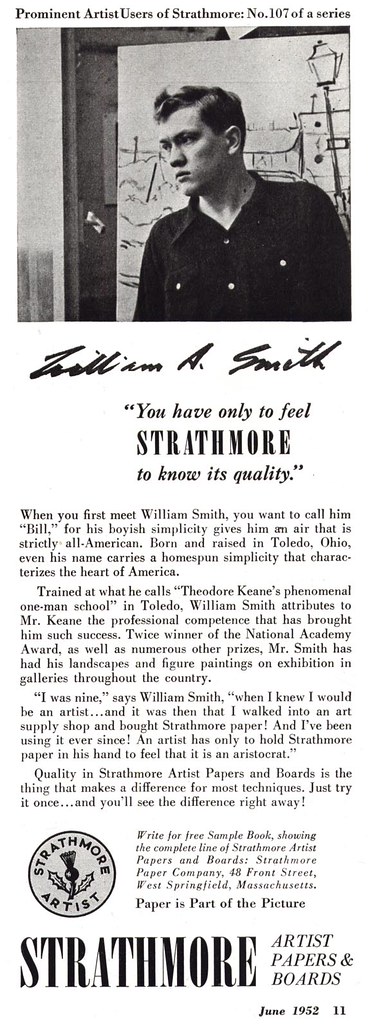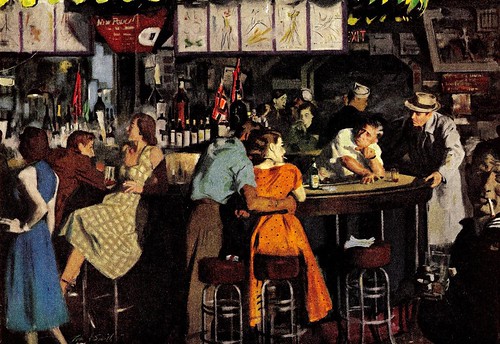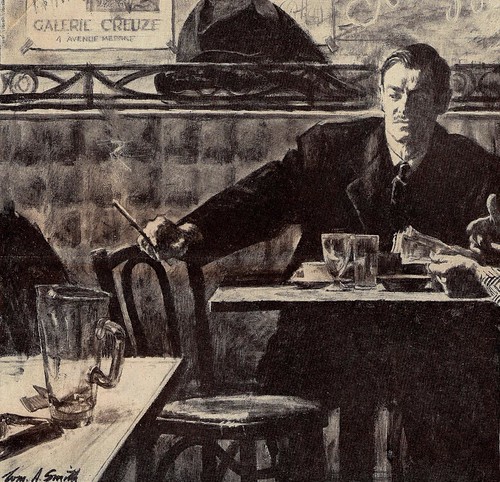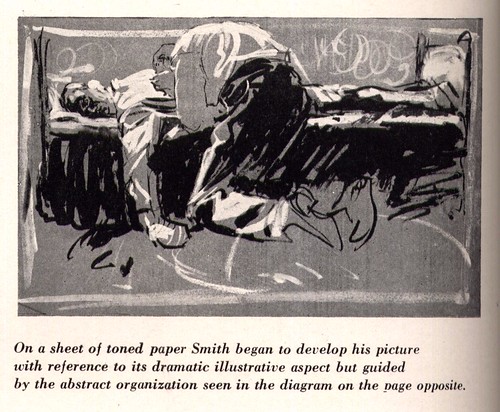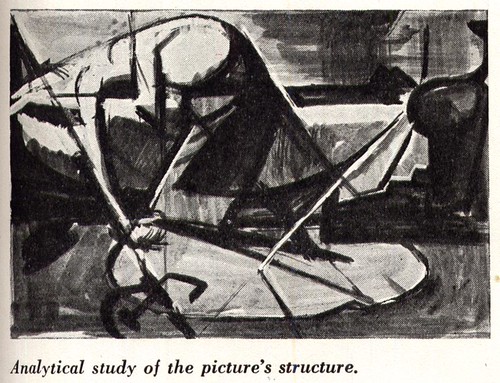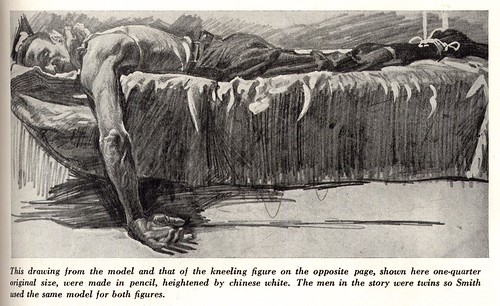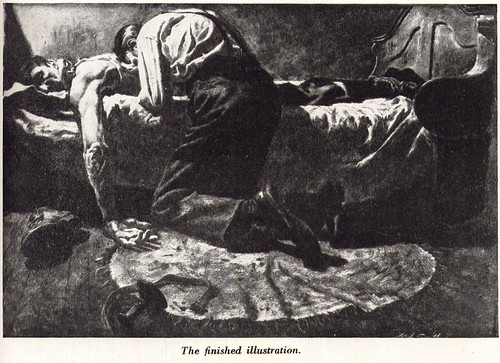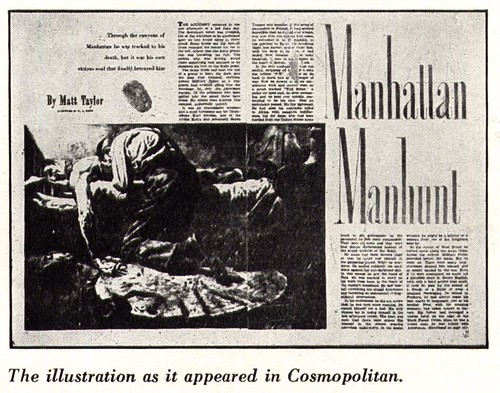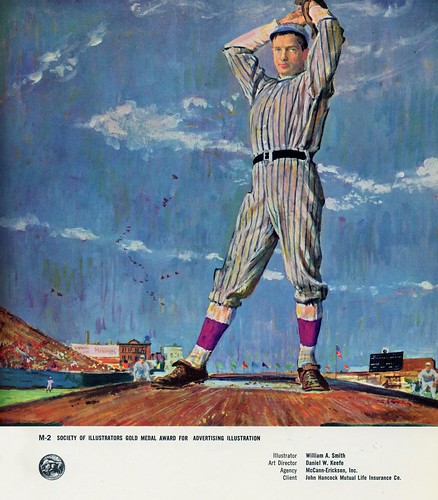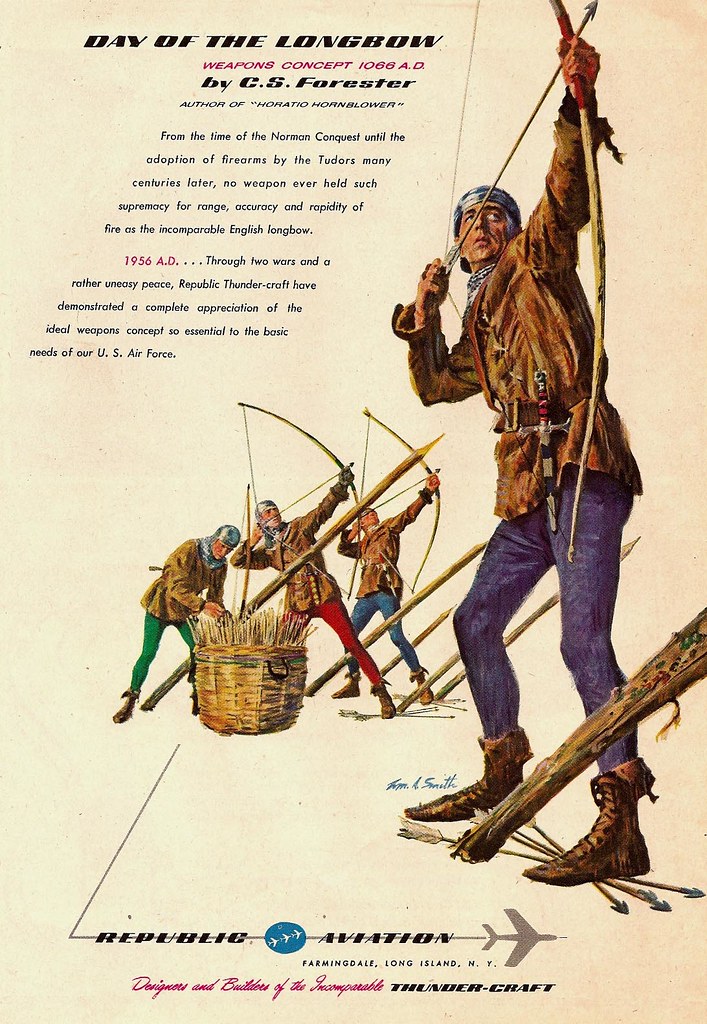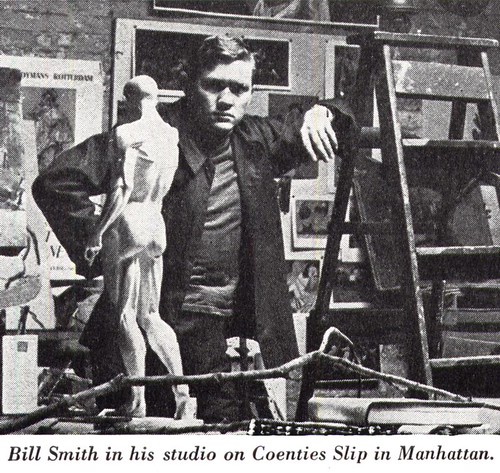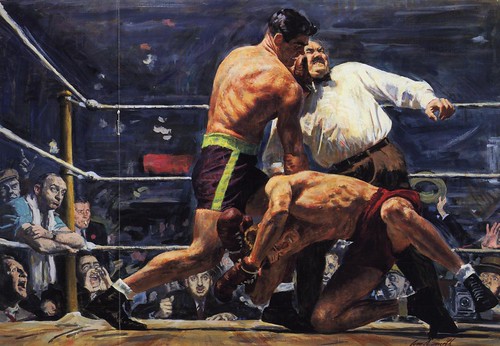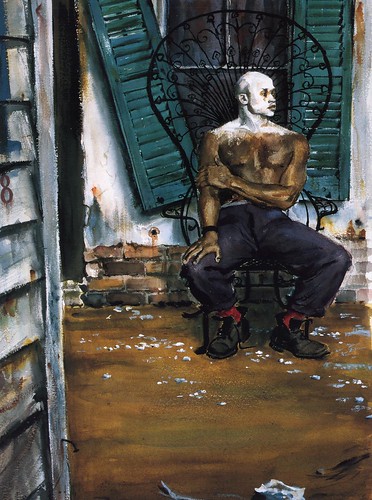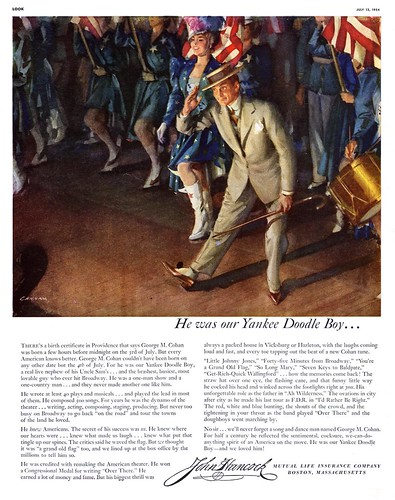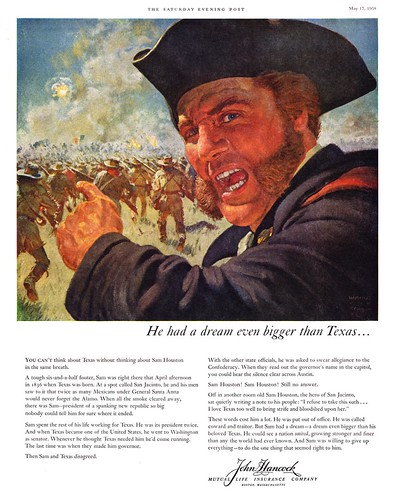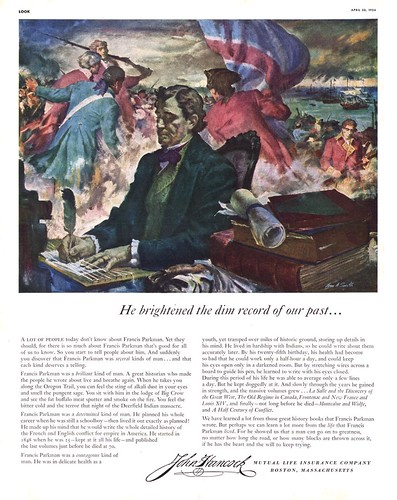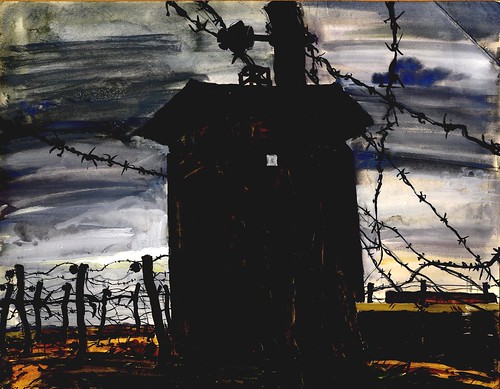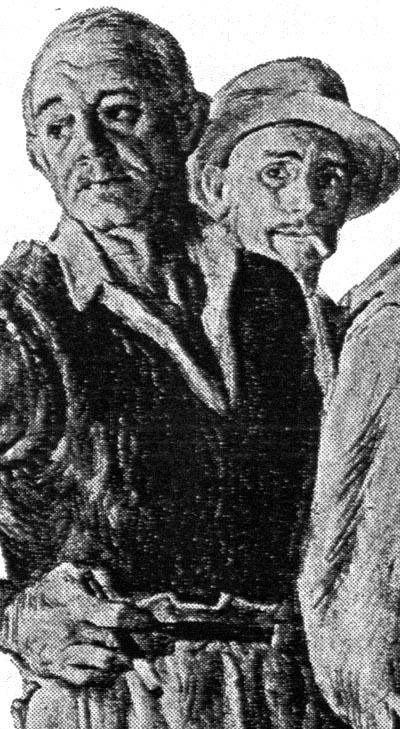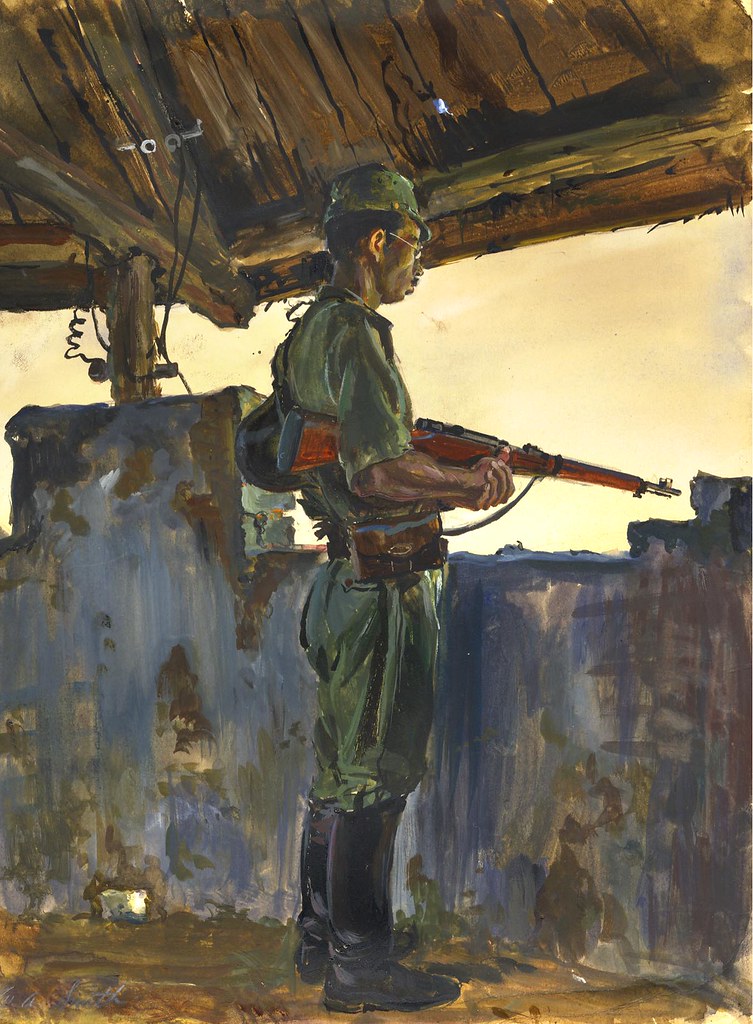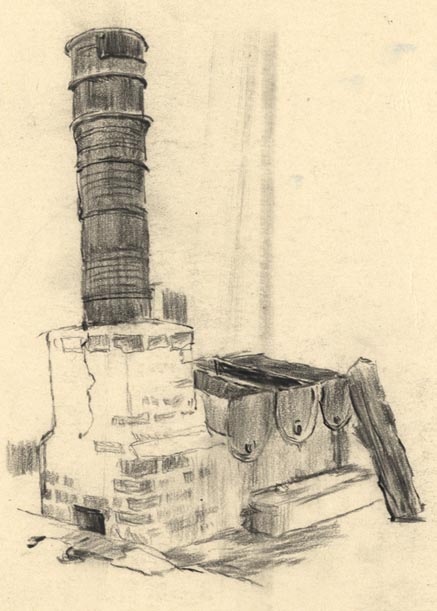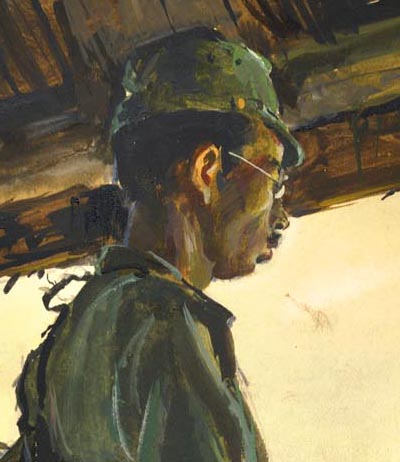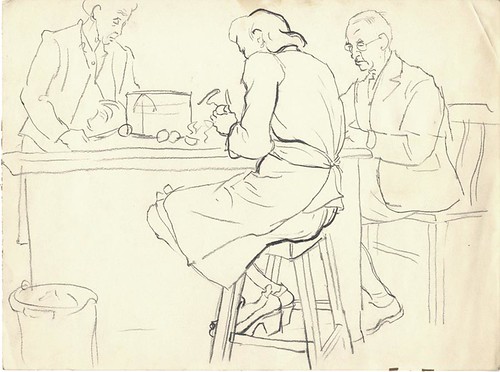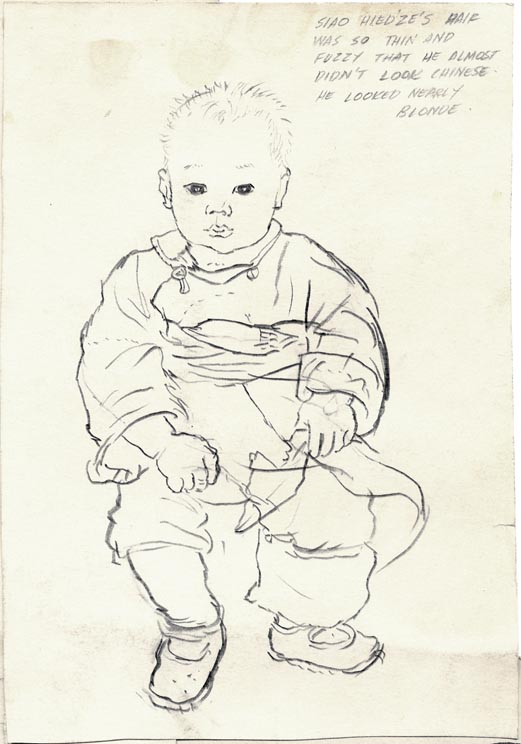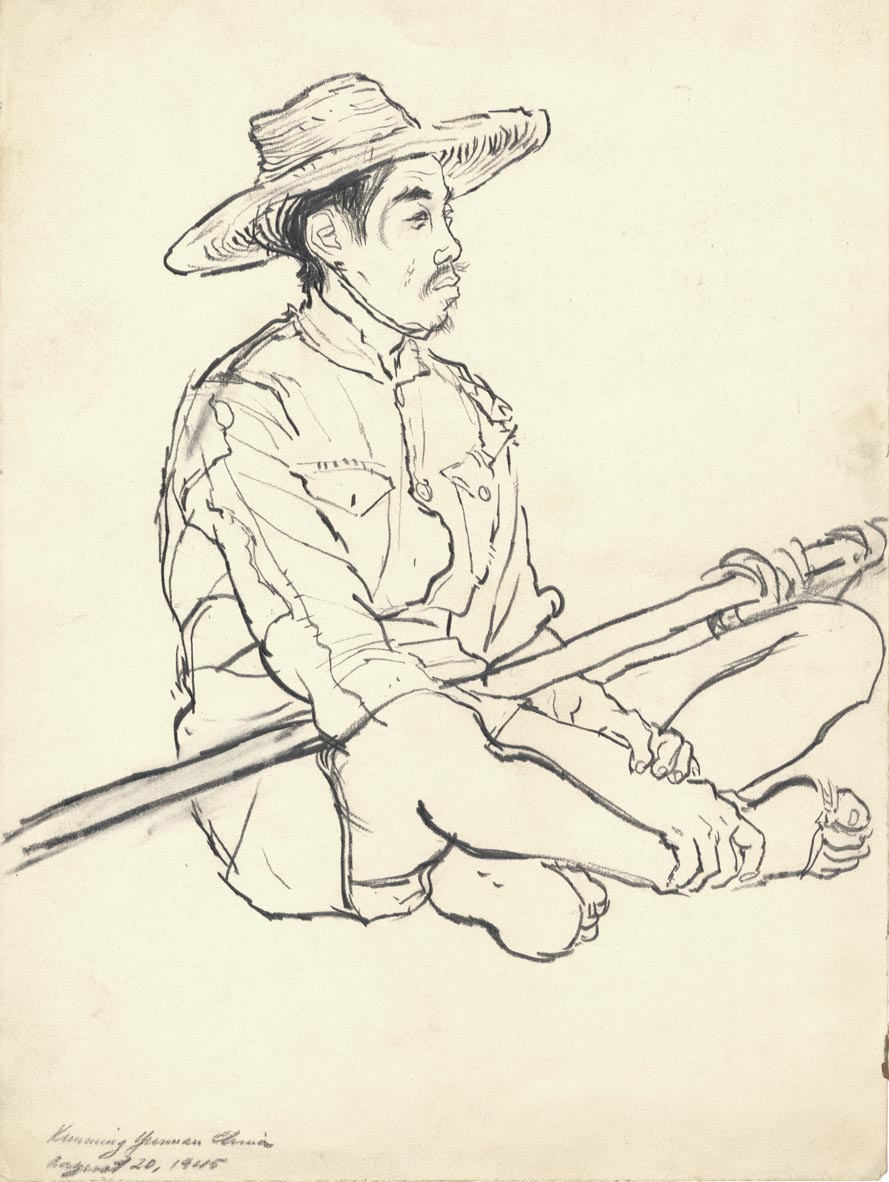"William A. Smith, for example -- Bill was with the O.S.S. in China for many months during W.W.II"
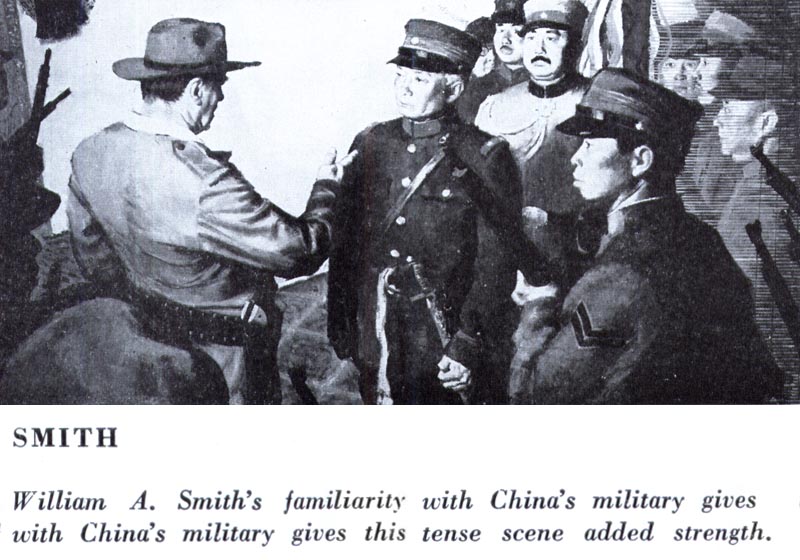
"While off duty he made hundreds of drawings of the Chinese people, their cities, towns, their countryside."

"He even learned to speak their language and he counts many Orientals, both here and abroad, his personal friends. He has made himself a natural for Oriental stories."
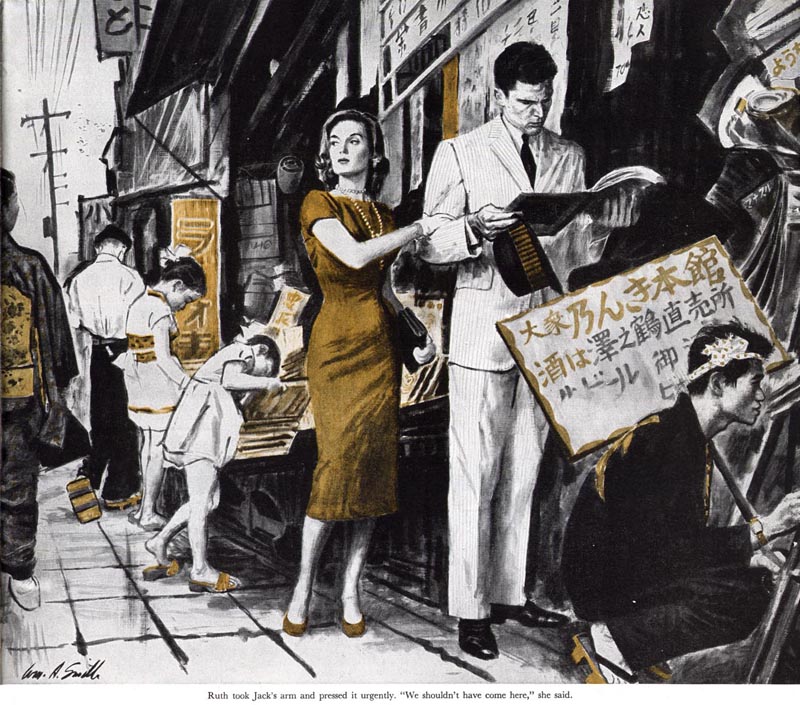
But this does not narrow his capabilities or his attractiveness as an illustrator for any kind of a story because his interests are universal and his experiences have been most varied. Several years ago Bill took himself off to Paris with his wife and children where he lived for two years. He devoted himself to easel painting both in oil and watercolor and out of this investment in study and independent work have come many prizes and honors."
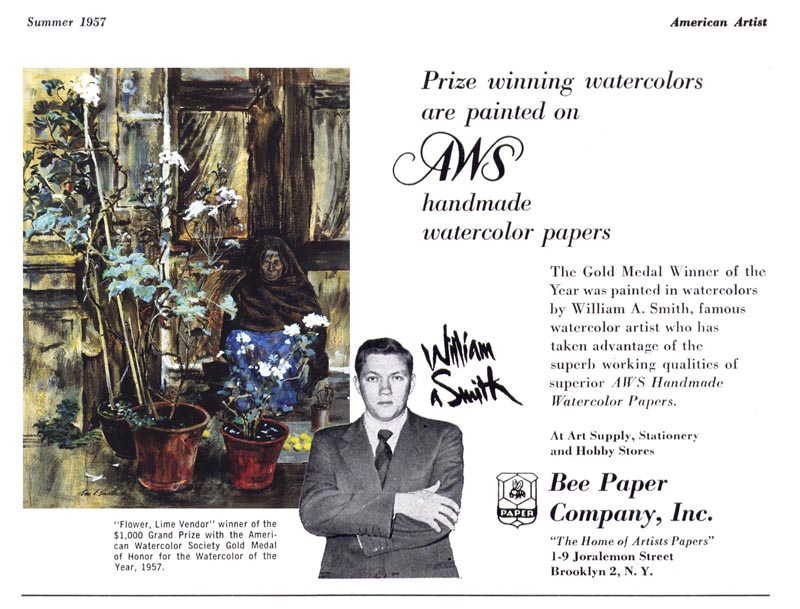
"Part of the collection he brought home formed the basis for a large one-man show at the Toledo Museum of Art. Other pictures have won important prizes in national shows.
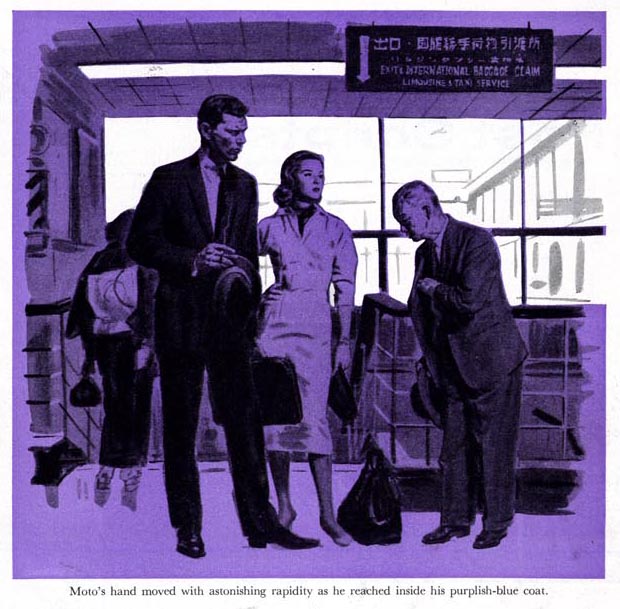
When in 1952 he was elected to the Academican's rank of the National Academy he was one of the youngest painters ever to have achieved this distinction."
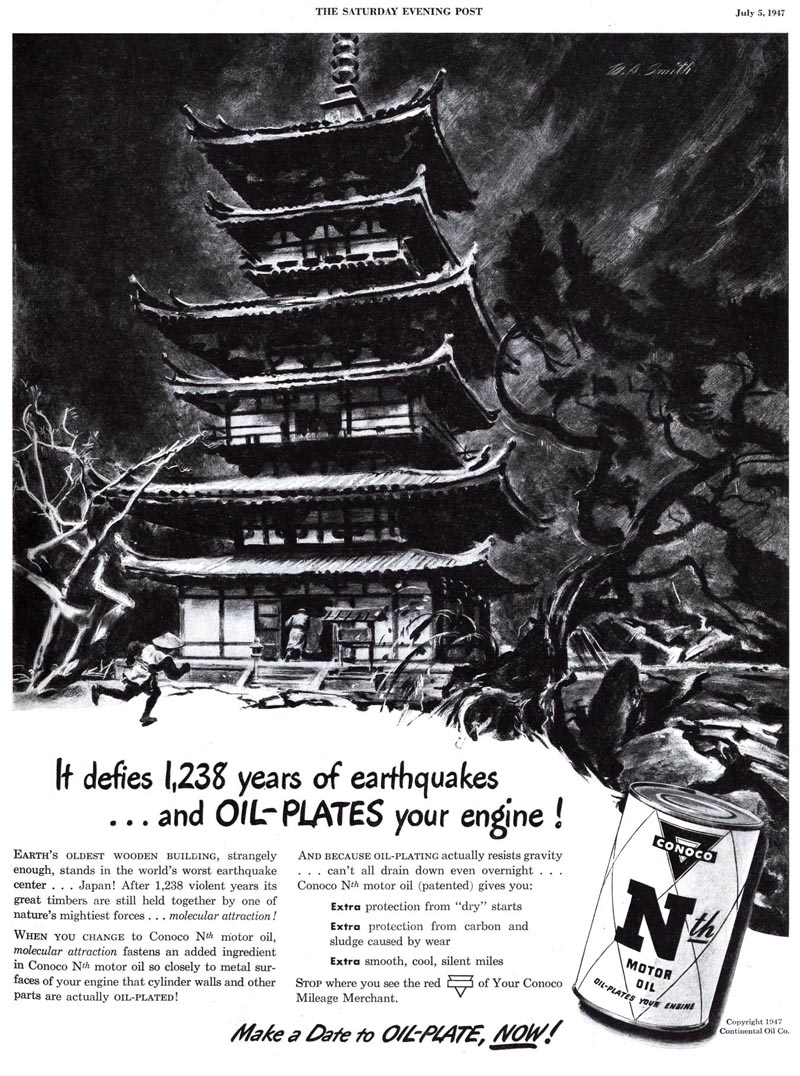
"His most recent honor has an honorary Master of Arts Degree bestowed by the University of Toledo at its 1954 commencement."
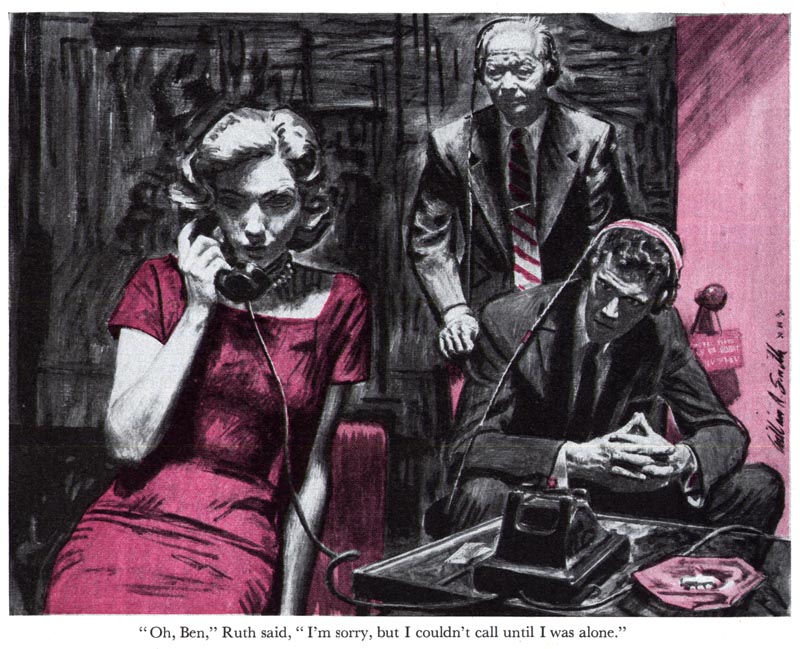
"I cite Bill Smith's experiences at some length merely to point out the fact that the really accomplished artist has a rich and varied background to account for his continuing success as an illustrator."




